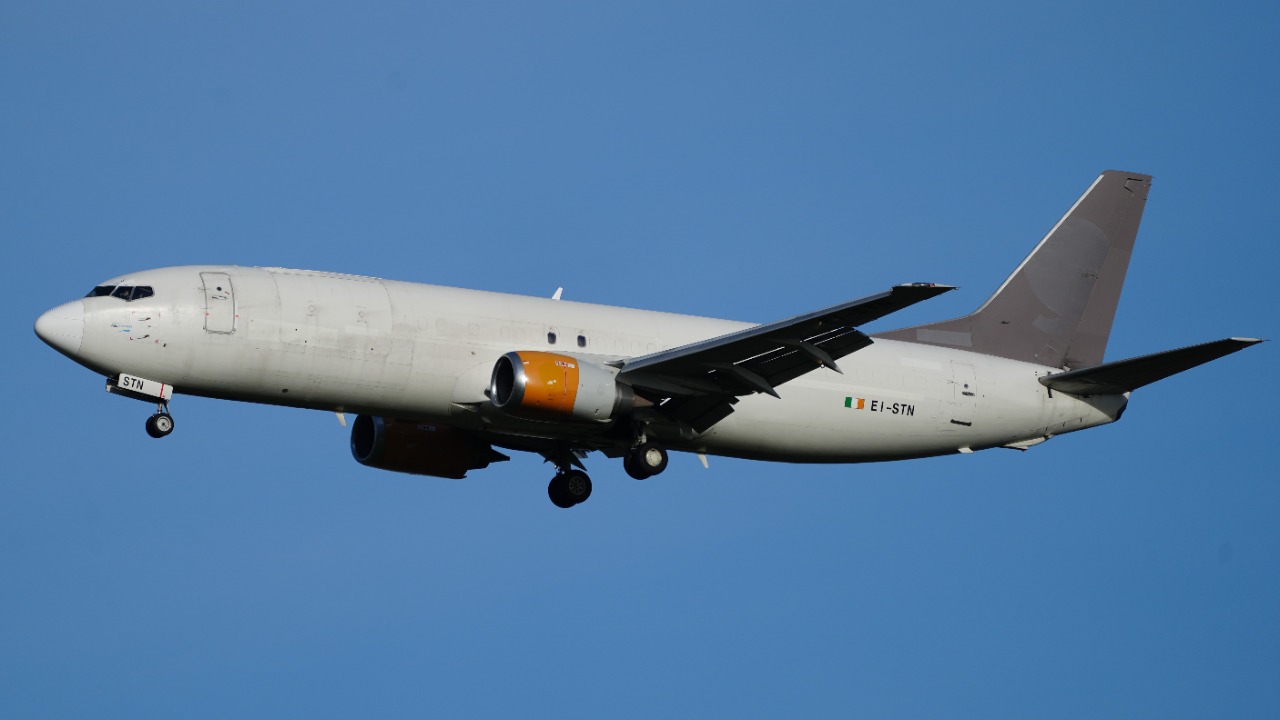
The Boeing 737, a stalwart of the aviation industry, has a peculiar design quirk that allows airlines to configure it for higher passenger loads compared to similar aircraft. This trait, which has been a key factor in the 737’s success, has gained renewed attention in the wake of the 2019 grounding of the 737 MAX-8. As airlines seek ways to maximize profitability in a post-grounding era, this unique feature continues to influence fleet decisions and passenger experiences.
The Design Legacy of the Boeing 737
Since its initial launch in the late 1960s as a short-haul jet, the Boeing 737 has undergone numerous transformations, each time adapting to the evolving demands of the aviation industry. Its narrow-body structure was engineered for efficiency on regional routes, a design choice that has remained consistent throughout its various iterations, including the 737 Next Generation and MAX series. This compatibility with existing infrastructure, coupled with its ability to accommodate greater capacity, has made the 737 a popular choice among airlines.
One of the key engineering choices that has influenced the 737’s design is its low ground clearance. This feature, a result of the aircraft’s original design, has indirectly supported denser seating arrangements without necessitating major overhauls. The low ground clearance has also influenced the aircraft’s fuselage dimensions, further contributing to its ability to carry more passengers.
Unpacking the Passenger Capacity Quirk
The specific aerodynamic and structural feature that allows the 737 to carry more passengers is its aft positioning of the overwing emergency exits. This design quirk enables a more compact cabin layout, allowing up to 220 passengers in high-density configurations on models like the 737-800. This is a significant advantage over similar aircraft, such as the Airbus A320, which cannot accommodate as many passengers due to the positioning of their emergency exits.
Examples of this quirk in action can be seen in the fleet decisions of airlines like Southwest Airlines. By using the 737 for their all-domestic fleets, these airlines are able to fit 10-15% more seats per flight compared to wide-body alternatives on similar routes. This translates to increased revenue and greater profitability for the airlines.
Economic Incentives Driving High-Density Configurations
The ability to carry more passengers aligns with the bizarre economics of airplane production, where fixed costs per flight favor maximizing passenger numbers to dilute expenses like fuel and maintenance. This economic incentive has made the 737 a staple for low-cost carriers, who can achieve break-even load factors as low as 70% on 737 flights due to the extra seats.
The fallout from Boeing’s challenges, including the grounding of the 737 MAX-8, has further highlighted the importance of these quirks. For airlines, the ability to carry more passengers becomes critical for recouping investments in grounded fleets.
The 2019 Boeing 737 MAX Grounding and Its Ripple Effects
In March 2019, the 737 MAX-8 was grounded worldwide following crashes involving Lion Air and Ethiopian Airlines. This incident halted deliveries and cost Boeing billions, amplifying scrutiny on the 737’s design quirks. The grounding also raised questions about balancing passenger density with regulatory compliance in an era of shrinking margins.
Software fixes like MCAS, which were intended to enhance efficiency, inadvertently affected safety perceptions tied to capacity optimizations. This incident, as detailed in reporting from March 14, 2019, underscored the economic stakes for Boeing and the aviation industry at large.
Airline Strategies Leveraging the 737 Quirk
Low-cost operators like Ryanair and easyJet have leveraged the 737’s quirk to their advantage, configuring their aircraft with eight-abreast seating to carry over 189 passengers. This strategy boosts yields on short European routes, contributing to the airlines’ profitability.
In the post-2019 era, airlines have recertified MAX variants to exploit the quirk for up to 230 seats in premium economy mixes without redesigning gates. However, this has also led to trade-offs, such as reduced legroom, which has drawn criticism from passengers. Despite these concerns, the affordability of these high-density flights continues to attract budget travelers.
Future Implications for Boeing 737 Operations
As Boeing continues production of the 737 MAX, the quirk enabling higher passenger capacity will likely be incorporated into sustainable aviation goals. For instance, biofuel efficiency that supports more passengers per gallon could be a key focus area. This would give the 737 an edge over competitors like the Airbus A320neo, especially in legacy fleets where the quirk allows retrofits for 10-20 additional seats at lower costs.
Regulatory evolutions post-2019 will also play a crucial role in shaping the future of the 737. Ensuring that the quirk enhances safety features like wider aisles in denser setups will be critical for maintaining certification advantages. As the aviation industry continues to grapple with economic pressures, the 737’s unique ability to carry more passengers will remain a key factor in its success.
More from MorningOverview